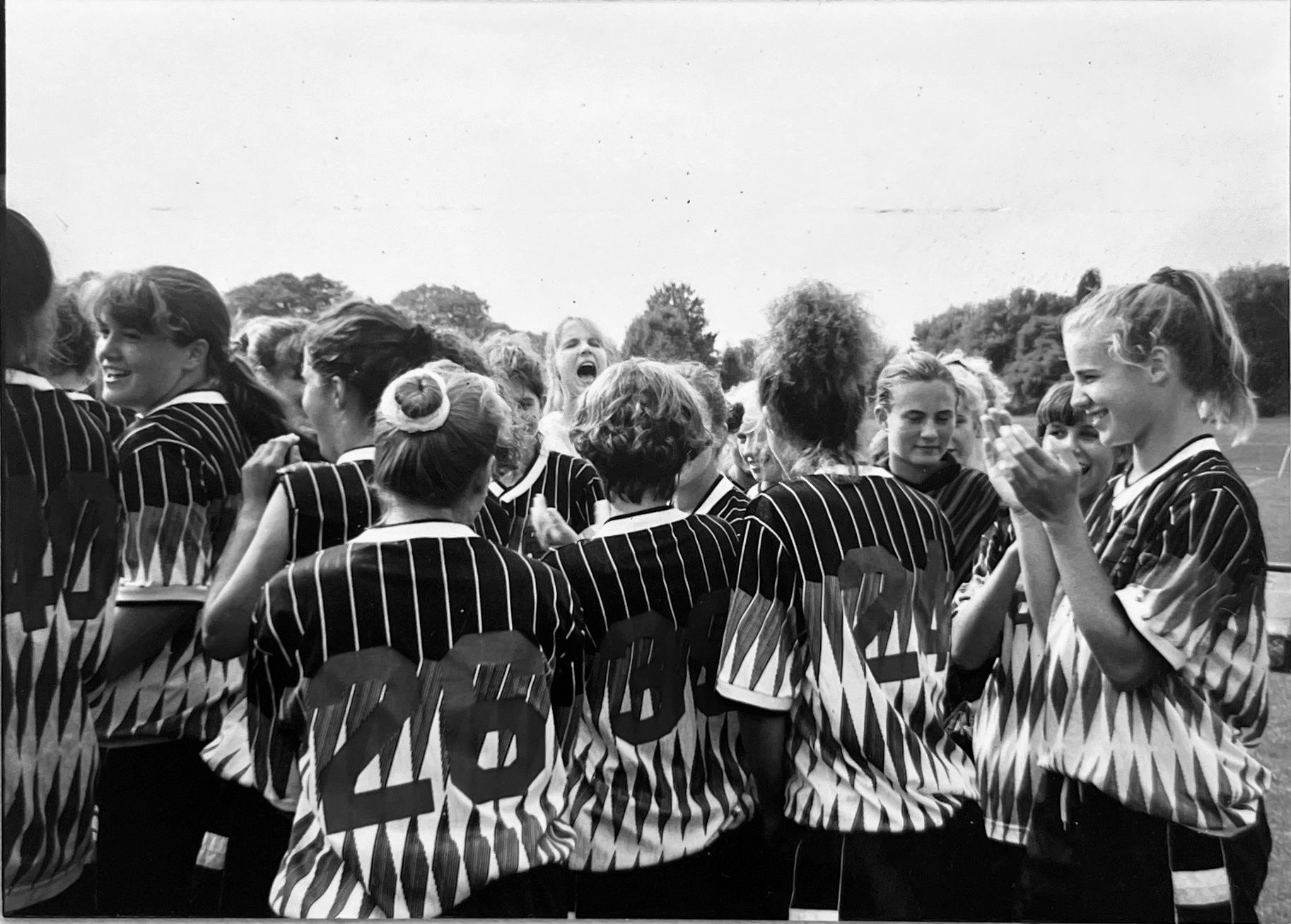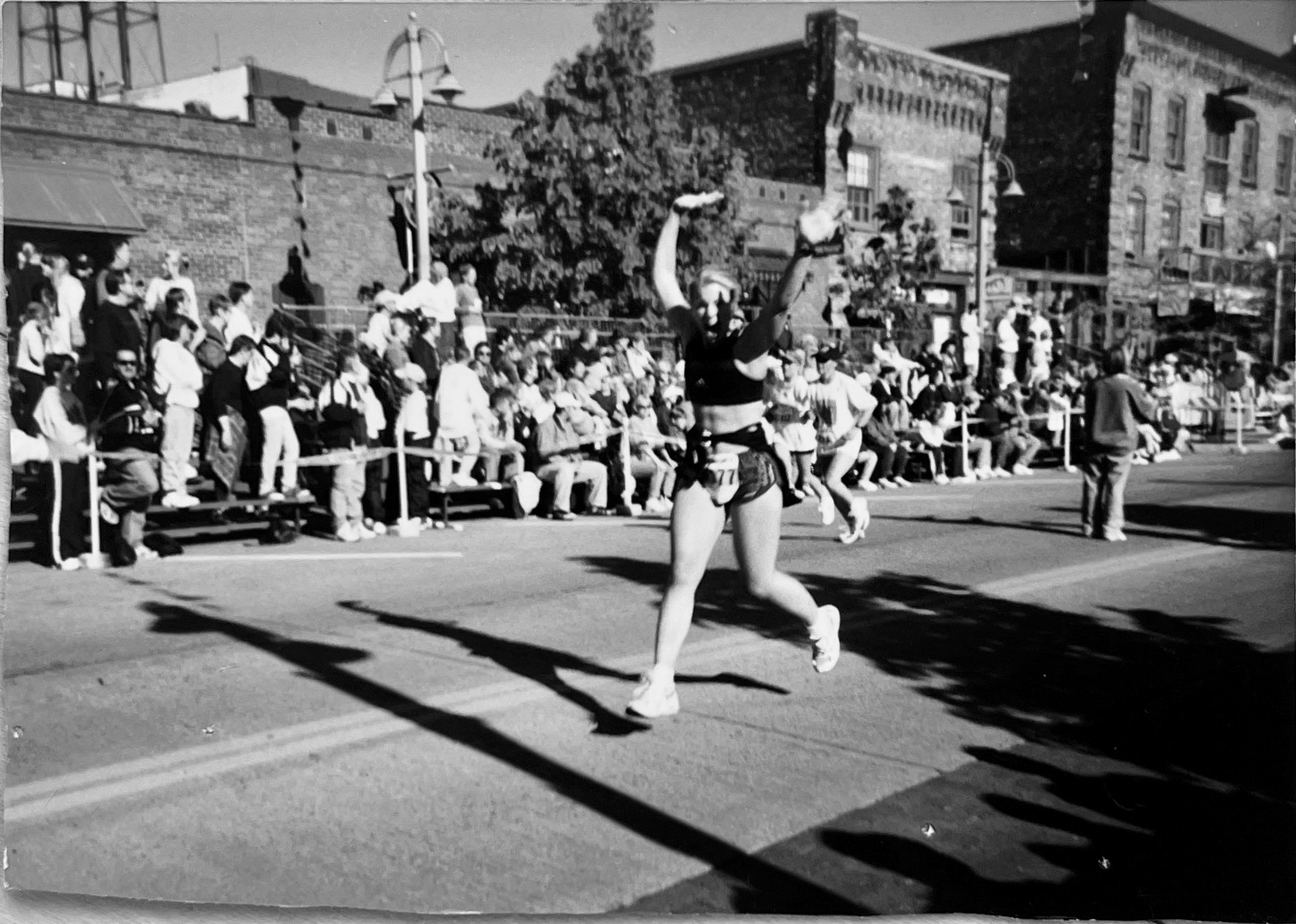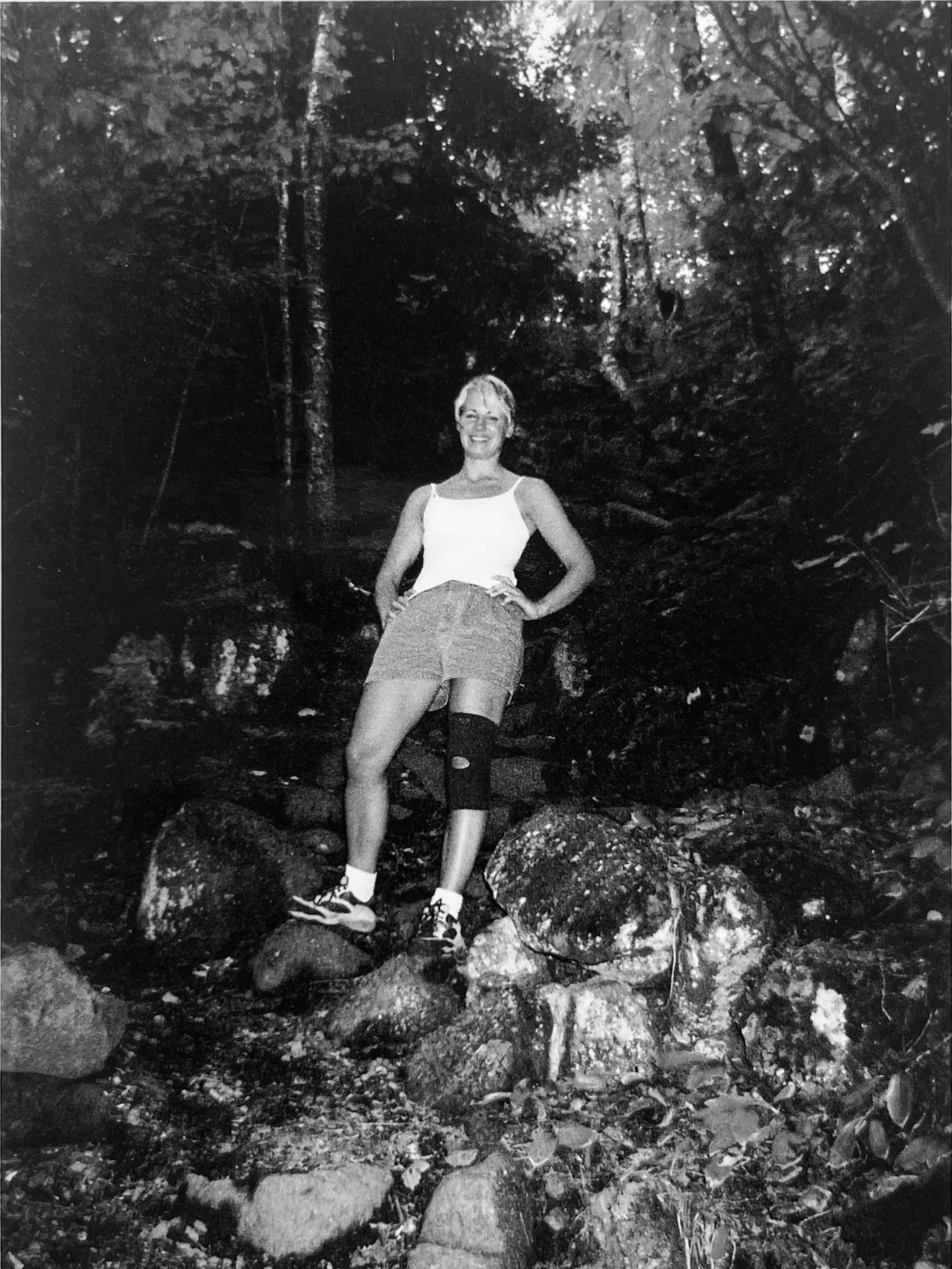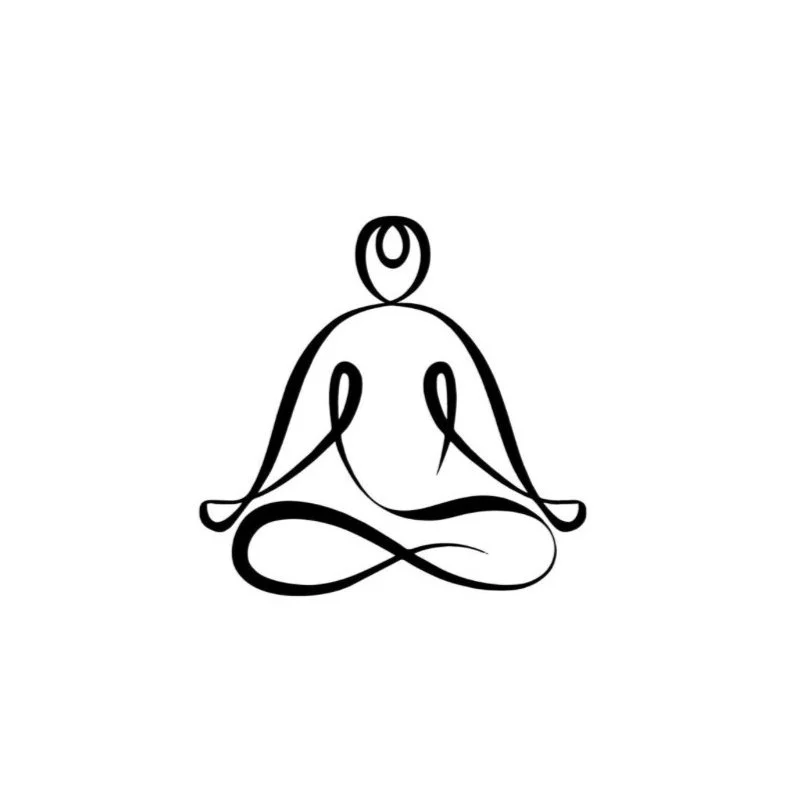
Courage. Compassion. Connection.
Grit.
Carli Braun Kody, PhD, LP
mPEAK Team Co-Founder. Licensed Psychologist. Performance Coach. Mindfulness Teacher.
MISSION: To train the mind and body for wellbeing, resilience, and peak performance in all conditions.
Harness your power.
I’m a licensed psychologist, Certified mPEAK Coach, Certified Daring Way™ Facilitator (CDWF), Trained Teacher of Mindful Self-Compassion (MSC) , private psychotherapy practice owner, and public speaker.
I specialize in stress resilience, peak performance, and mind-body healing and wellness. My expertise is rooted in mindfulness, compassion, and an unwavering belief that human connection is a powerful catalyst for growth.
My Services.
I provide individual and group coaching, mindfulness courses, professional trainings, keynotes and talks, and mindfulness-based psychotherapy. I work with individual clients, groups, teams, and organizations. I provide services for adults, young adults and teens.
I serve with extensive knowledge about mental health and mind-body pathways for well-being and peak performance. I’ve developed my expertise through over two decades of service and training in the mental health field.
My Sweet Spots.
I have a passion for working with high performers, people who strive for excellence in their lives and have a tendency towards driving hard in their endeavors. This group includes people juggling multiple life roles under pressure, business leaders, legal professionals, medical providers, mental health providers, first responders, educators, creatives, athletes, and parents striving to show up their best with their families and in life.
Once an athlete, always an athlete. I love working with athletes including those of us who no longer consider ourselves competitive athletes, but the competitive juices still flow! I have a background in competitive athletics, coaching athletic teams, and expertise in sports psychology. I am attuned to the unique needs of injured athletes and individuals who are called to adapt to new ways of living with limited or different abilities due to injury, accident, or illness. I’ve had 8 surgeries on my left knee, including a partial knee replacement and a conversion to a full knee replacement. These experiences have provided abundant “classroom of life” opportunities to apply and experiment with mindfulness, self-compassion, and other performance and resilience tools. When I say, “I empathize with physical pain and injury,” I really mean it. I also know what it takes to get back up.
I am highly attuned to the neurodiverse brain and the unique superpowers and challenges that come with living with Attention Deficit Hyperactivity Disorder (ADHD), sensory processing issues, and other executive functioning challenges. I'm fiercely committed to helping my clients unlock their superpowers and live awakened, fulfilling lives.
Like a wild animal, the soul is tough, resilient, resourceful, savvy, and self-sufficient: it knows how to survive in hard places. - Parker Palmer
Foundational goals of our work together:
Hone your skills for optimal performance, stress resilience, focus and flow across life realms.
Strengthen your ability to skillfully work with the process rather than focusing solely on outcome.
Develop greater focus and concentration.
Tap into the power of “flow states” during performance events and everyday life.
Develop wise ways of navigating stress and uncertainty rather than reacting out of fear.
Strengthen your mental and emotional durability for working with difficult emotions and physically painful experiences.
Increase your mental clarity and self-trust for decision-making and wise action in your life.
Leverage personal strengths and stretching your personal edges without giving up or burning out.
Strengthen your self-compassion skills, a powerful skillset for emotional durability, cognitive agility, resilience, and grit.
Boost your capacity for joy, peace, gratitude, love and fun.
Our work is centered around you.
You are the most important element in our work together. You are the expert on you. If you don’t feel like the expert on yourself and how your brain-body works, then we’ll work to get there. Your self-awareness and your ability to observe and learn through mindfulness are two powerful keys to unlocking new pathways for wellness, crushing it in your performance endeavors, resilience in the face of adversity, and enjoying life.
This work can get deep at times as you explore areas of difficulty, challenge, emotional or physical pain, or feeling stuck. Work around attunement to goodness such as love and joy can get deep too! I encourage you to be as real and authentic with yourself as possible as you enter into this work. It’s my goal to build trust with you so that you feel comfortable sharing how I can most effectively support you.
Know that we all struggle at times. It’s part of the deal of being alive. I understand that performance and resilience do not exist in a vacuum. Areas of our lives and how we show up are often more interconnected than we realize. Sometimes excelling in one realm creates challenges in or deficits to the way you’re showing up in another realm of your life. There’s space to explore and unpack whatever is helpful for you in our work together. I’m here to walk with you. As Andy Andrew said, “Everybody wants to reach the peak, but there is no growth on the top of a mountain. It is in the valley that we slog through the lush grass and rich soil, learning and becoming what enables us to summit life’s next peak.”
I am trained to swim with you in the deep.
Licenses & Certifications
Licensed Psychologist (Ph.D., LP) in Minnesota and Michigan.
Certified Daring Way™ Facilitator (CDWF), certified by the Brené Brown Education and Research Group (BBEARG)
Trained Teacher of Mindful Self-Compassion (MSC), trained through the Center for Mindful Self-Compassion at the University of California - San Diego Center for Mindfulness
Advanced trauma training including Eye Movement Desensitization Reprocessing (EMDR), Level One EMDRIA Training.
Education
Doctorate in Counseling Psychology from the University of Minnesota (2008)
Master's degree in Counseling from the University of Minnesota (2002)
Bachelor's degrees in Psychology, Women's Studies, and German at St. Olaf College (1999)
For more information about my work as a psychologist, check out my private practice website: www.drkody.com.
Certified Daring Way Facilitator (CDWF)
The Daring Way™ is an empirically based training and certification program for helping professionals, based on the research of Dr. Brené Brown. The work focuses on courage building, shame resilience, and uncovering the power of vulnerability. The methodology is designed for work with individuals, couples, families, groups, teams, and organizations.
Certified by the Brené Brown Education and Research Group (BBEARG)
Inclusivity, Equity, Diversity, and Belonging Statement
Courage and vulnerability are innately connected to peak performance, resilience, and well-being. Research evidence reveals that vulnerability is a powerful pathway for rising stronger in our lives and performing at our best, in the moments that matter most to us.
Diversity & Inclusion
I stand firm in advocating for multiculturalism, diversity, and social justice in psychological education, research, and practice as defined by the American Psychological Association's guidelines and standards. Cultural and societal factors influence our life experiences and impact our mental health and wellbeing. These factors include majority and minority cultural experiences, privilege and marginalization, racism, sexism, homophobia, transphobia, religious discrimination, classism, ableism, ageism, and sizeism. I seek to understand your identity and experiences in the culture(s) in which you live. I will advocate for you with societal pressures, systemic issues, and oppression.





The warrior knows that her heartbreak is her map. It will lead her right toward her purpose and her tribe. Purpose and connection are all we really need down here, and we find them both by following our heartbreak.
- Glennon Doyle
My Performance Story: When struggle meets mindfulness and compassion.
When I was 17 years old, I played on a men’s competitive soccer team based in Morgantown, West Virginia. Two weeks before the end of the spring season, our team played an intense game at a local astroturf field. It was a beautiful, sunny Sunday afternoon. I can still remember how brightly the sun was shining. The sky was a bright blue and sharply contrasted the reddish brown brick of the buildings around the stadium.
The other team was pretty rough in their style of play, which had never phased me before. I was a tall, strong, young woman and a physically aggressive player. I held my own as the only woman in a men’s league. At the beginning of the second half, I had a rough interaction with a player from the other team. I took him down (unintentionally). I’ll never know if he intended to strike back at me three times as hard. At the time, it sure seemed like he was coming for me. Here’s what unfolded.
All of my weight was placed on my left knee as I was faking to move left and preparing to pass the ball to a teammate with the outside of my right foot. The player from the opposing team (whom I had just tackled) slid right into my left knee, which was planted firmly on the turf. Astroturf doesn’t have the same “give” as a natural grass field. The collision of his body and my knee blew out my left anterior cruciate ligament (ACL), which stabilizes the knee joint. I heard the “pop” and dropped to the ground. I still remember rolling and screaming inside. Nothing came out of my mouth, but I could hear screaming. The pain was shocking.
My parents were traveling out of state and I was on my own at the game. I knew I needed to “handle” the situation. I drove an old Honda Accord hatch-back with a manual transmission. I couldn’t engage the clutch with my left foot to drive to myself to an urgent care. So I asked one of my coaches for help. He was incredibly supportive, got me the medical care I needed, and drove me home to ice and rest.
And so it began.
With a well-known orthopedic surgeon, an awesome physical therapy team, supportive parents, and a gritty mindset, I bounced back.
I headed off to my first year of college with crutches, a full physical therapy schedule amidst college classes, and determination to heal and play soccer for my college’s team. My target date for peak performance readiness was the following spring. It’s interesting how life unfolds sometimes. I retore my left ACL that spring walking down a ramp. It was a fluke accident. Just like that, I was working through another surgery and recovery process. Determined again, I sucked it up and soldiered on.
By January of 1997, my second year of college, I was training with the soccer ball and doing other forms of functional training with my physical therapist and trainer. I wanted to pack in some extra training before departing to study abroad in Germany for seven months. During one physical therapy session, I pivoted on my left foot to receive the soccer ball from my trainer and felt a sharp pain. We stopped the drill immediately. The next day I got on the road to Pittsburgh to see my surgeon, Dr. Freddie Fu. He made a diagnosis of a “joint mouse,” hypothesizing that I must have had some scar tissue that broke loose and was causing pain. Relieved that I could continue to train while studying abroad, I packed up and flew to Germany the next day.
While in Germany, I had abrupt, sharp pain with minor movements like stepping down off of a curb. Here’s where the sometimes thick-headed, determined, push-through-it-at-all-costs nature of high performers can be destructive. I learned how to cognitively override the pain and found that if I got into a workout, my brain’s good juices would decrease my awareness of pain. And what happened? I enjoyed some awesome workouts in incredibly beautiful places around Europe. What else happened? I know now that the large bucket-handle tear of my left knee menicus (that I didn’t know was there) kept tearing and wrapped underneath my knee cap. Think about how you lift a bucket handle. The surgeon was wrong. There was no “joint mouse.” I had seriously injured myself with my trainer in West Virginia that previous January.
Surgery to address my knee pain was scheduled upon my return to the US from studying abroad. It’s now August 1997. I was told it would it be a minor surgery and planned to get back to soccer in a month. Finally! I was overjoyed. Keep in mind, at this point I’m over two years out from the initial ACL tear, but I was full-force determined to join my college soccer team. When I woke in the recovery room, the surgeon was by my bedside. “There was a really large tear in your meniscus. Soccer won't be an option,” he said looking genuinely sad. He knew that I was determined to get back to the field.
In that moment, hearing his words, my sense of up, down, left, and right went sideways. Totally disorienting. Since I was 5 years old, I had played this game that I loved. I was also a competitive swimmer, but I loved soccer (still do). Soccer performance was a driver in my life. It kept me on track when life was hard and the world was cruel. It was a place to turn when I needed grounding. I could train in “tunnel vision mode” like nobody’s business. Soccer also helped me form an instant group of friends when I moved from New Jersey to West Virginia my last year of high school. The men on my team welcomed me in with open arms and totally had my back as the new girl in town.
So what did I do after I recovered from the major meniscal repair that ended my soccer career? Well, of course, I kept going. I trained and trained and trained to be BEAST strong and coach the women’s soccer team at my college during my last year studying there. My goal was to be stronger than the players so I could lead them through really hard runs and drills. And that’s what I did. I trained intensely for three months and discovered my body’s potential for lifting weights with great productivity. My trainer, Gary (awesome man!), was strongly encouraging me to enter into the competitive weight lifting circuit. I appreciated his belief in me, but I was solely focused on soccer and somehow redeeming myself in the competitive soccer realm. I don’t think I was aware of what exactly I was chasing. My sense of worthiness was merged with performance and results. I just knew that I needed to train hard for something and I refused to give up my soccer goals. I was pumped that I was hired as an assistant coach at St. Olaf College where I attended school. So off I went again, over-riding pain, seeking the rush of pushing my body to the edge, and loving every second of it, but wondering why I was in so much pain at night.
Fast forward, surgery became a theme of my 20s. When I was 22, I had another meniscal tear trimmed in an arthroscopic surgery. Afterwards the surgeon told me I had the bad knee of a 55 year old and shouldn’t be running. Mind you, I had just finished a half-marathon and was on the brink of signing up for a full marathon. (Deep sigh). If you’re reading this and thinking, “okay, so don’t run,” I hear you. It’s not that simple. Serious injuries can hack into your sense of mortality. How do I live if I can’t push my body to the limit? The grief was incredibly heavy, but I didn’t know how to process the experience. Here again, I had always leaned into my physicality to process (or avoid) hard emotions.
For competitive athletes, intensely-built people, and people who experience the world powerfully in their bodies, these set-backs and life-long limitations can be devastating. Being active in our bodies in some way is essential for feeling alive and it’s not just being active. It’s pushing yourself to your edges, mind and body, that’s so thrilling and life-giving.
High performers across performance types and settings are often built this way, driven to push themselves to high levels of exertion whether using their minds, bodies, or a combination of mind and body. Drive and intensity are powerful tools for the pursuit of excellence. Simultaneously, drive and intensity may be detrimental to our health, relationships, and performance if not mindfully applied and executed.
Returning to my story, I completed my 7th left knee surgery in September 2014. The surgeon said he didn’t know if I would have a full knee replacement or a partial replacement. I was only 36, just about to turn 37 and he wanted to go with the least invasive option. He’d make a decision when he was inside my knee. I completely trusted my gifted, compassionate surgeon, Dr. Mark Dahl. So as I went under anesthesia for the 7th time for a knee surgery, I set an intention to rise through whatever recovery was necessary when I woke. A fun side note: my artificial joint is made by a company called Stryker, a cool soccer reference. This surgery made a huge difference in my pain reduction for a period of time.
In January 2020, my knee started buckling after a hard swim team practice. I knew my partial knee replacement had failed a year or two prior. With the immense pain and joint stability I experienced similar fears and deep sadness like I had experienced with previous knee injuries. There’s a unique phenomenon of living with a joint that you know could buckle underneath you at any moment. I have endless empathy for individuals with injuries and medical conditions which affect their daily functioning. Due to the onset of the Covid-19 pandemic and work/life responsibilities, I postponed addressing my broken joint. It was a whole new chapter of learning about connecting and disconnecting from my body and the ways that I avoid facing physical and emotional pain. I leaned deeply into my mindfulness and meditation practice. As I did, I learned how I can avoid LIVING FULLY because it’s scary at times. It can hurt, both physically and emotionally. I often joke with Ben Durbin, my mPEAK Team teammate, that these experiences are my advanced mindfulness classes. However, it’s not a joke. It’s the truth! Life is our ever-present classroom.
I’m writing about these life experiences in September 2022, having just completed my 8th left knee surgery, a conversion from a partial knee replacement to a full knee replacement. I’m celebrating my new joint and reflecting on 27 years of this journey with left-knee injuries. Get knocked down. Get back up. Get knocked down again. Get back up again. Keep going! I’ve learned so much. The difference in my present-moment life is I have a committed meditation practice and have integrated self-compassion and mindfulness skills into my way of navigating all life experiences. The experience of knee pain and navigating medical challenges isn’t necessarily easier, but I can choose to bring ease, a strong mind, and a grateful heart attitude to my navigation of chronic pain. Being in my 40s also helps. I know how to prioritize and stand in my values. No time for b.s. and lots of time to own my strength, wisdom, and capacity to pursue excellence and adventure in this life time.
Here is my big mindfulness life lesson: pay attention.
When my body gives me a message, I’m listening. It’s like driving a car and the check engine light comes on. How many of us have driven that car for another several months before taking it in for a tune-up? (Raising my hand). I continually work on paying attention to what I’m experiencing in my mind and body. It’s all data. I can choose to react to it or ignore it. I can also choose to observe the data, pause, and respond wisely with the information I have in the present moment. Mindfulness helps us utilize wisdom and intuition in addition to determination, goals, and driving hard. It all fits together.
Look at the words in bold above. Please, scroll back and read them.
Based on the words in bold, you might think this was a happy story of strength and success. In fact, my story is one of strength and success, just not how we typically conceptualize these concepts in U.S. majority culture. For me, these words in bold represent a limited perspective on process and goals. I wasn’t seeing the full picture, which led to excessive use injuries and profound loss. I had blinders on, including my ego, fear, and pride. My mindfulness practice now helps me work with these blinders and emotions which arise from time to time related to the loss of physical abilities. Grief and loss don’t go away. We learn to live with them. We integrate.
I was broken open.
Have you heard of the experience of being broken open by hard life events? Elizabeth Lesser, Co-Founder of the Omega Institute, wrote the book, Broken Open: How Difficult Times Can Help Us Grow. She writes, “How strange that the nature of life is change, yet the nature of human beings is to resist change. And how ironic that the difficult times we fear might ruin us are the very ones that can break us open and help us blossom into who we were meant to be.”
I was broken open. This process is not one we typically choose. For me, it felt like the universe had slammed me so hard into my humility seat that I had no other option than to deal with the pain in front of me. I couldn’t go back to what was because “what was” had changed. I could choose to resist and stay stuck in pain. Or, I could choose to be open, lean in, and learn. (I’ve chosen both options throughout my life.) Resist and be bitter or learn and be better?
I stand here today better, grateful, and equipped. Pain is a teacher. I channel my suffering and my rising stronger into supporting others who are seeking tools to navigate challenging and glorious terrain.
I’ll close by offering you a gentle, loving nudge. Please consider exploring the practices of meditation, mindfulness, and self-compassion. These neuroscience-based practices are pathways for resilience, well-being, and rising stronger in your performance realms. The large, rapidly-growing body of research on the benefits of mindfulness speaks for itself. Mindfulness and self-compassion are powerful, effective tools for harnessing your strength in all circumstances and pursuing excellence and adventure in this lifetime.
Life is filled with possibilities.
What is it you plan to do with your one wild and precious life? - Mary Oliver
There’s a crack in everything. That’s how the light gets in. - Leonard Cohen

Distraction wastes our energy, concentration restores it.
- Sharon Salzberg





